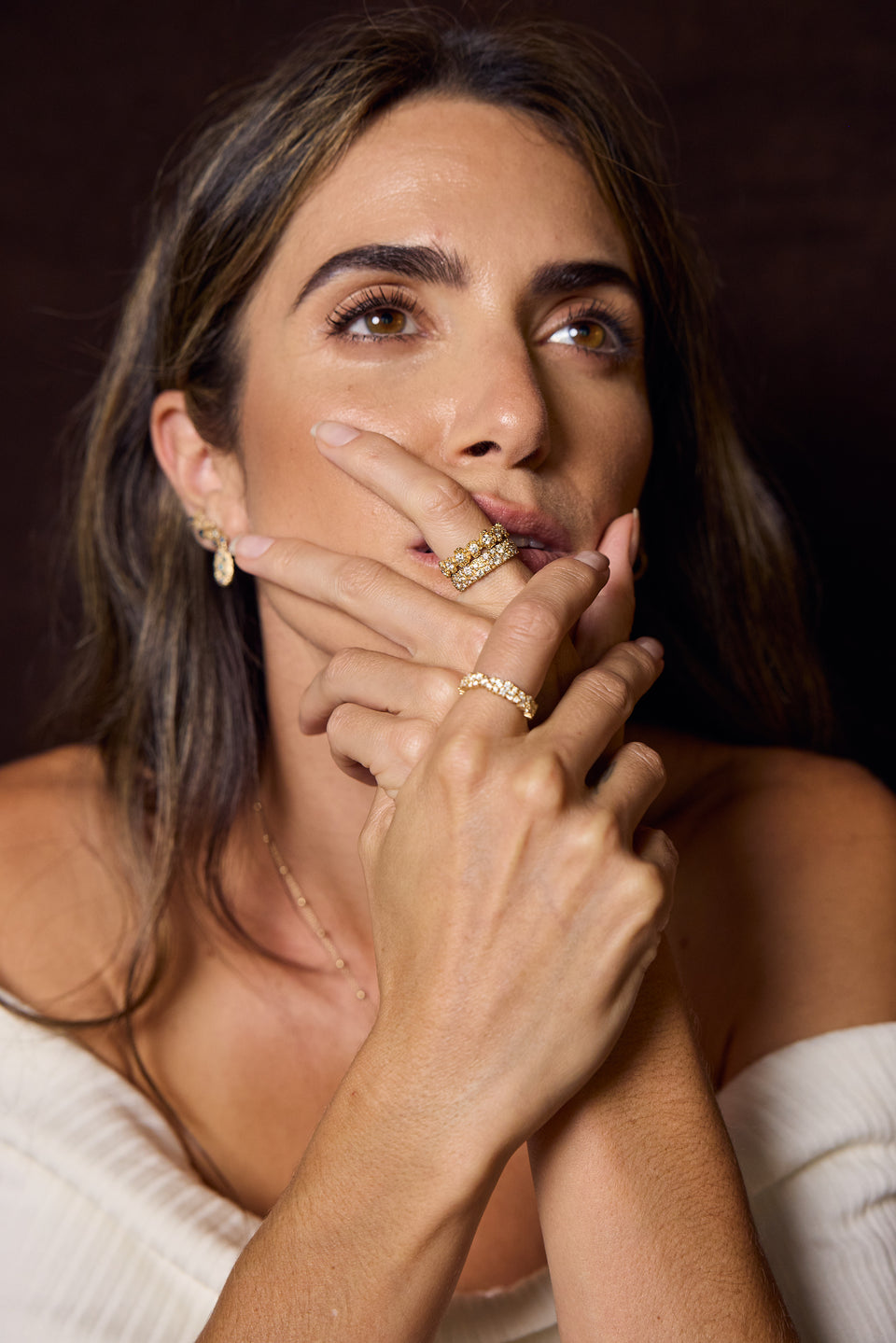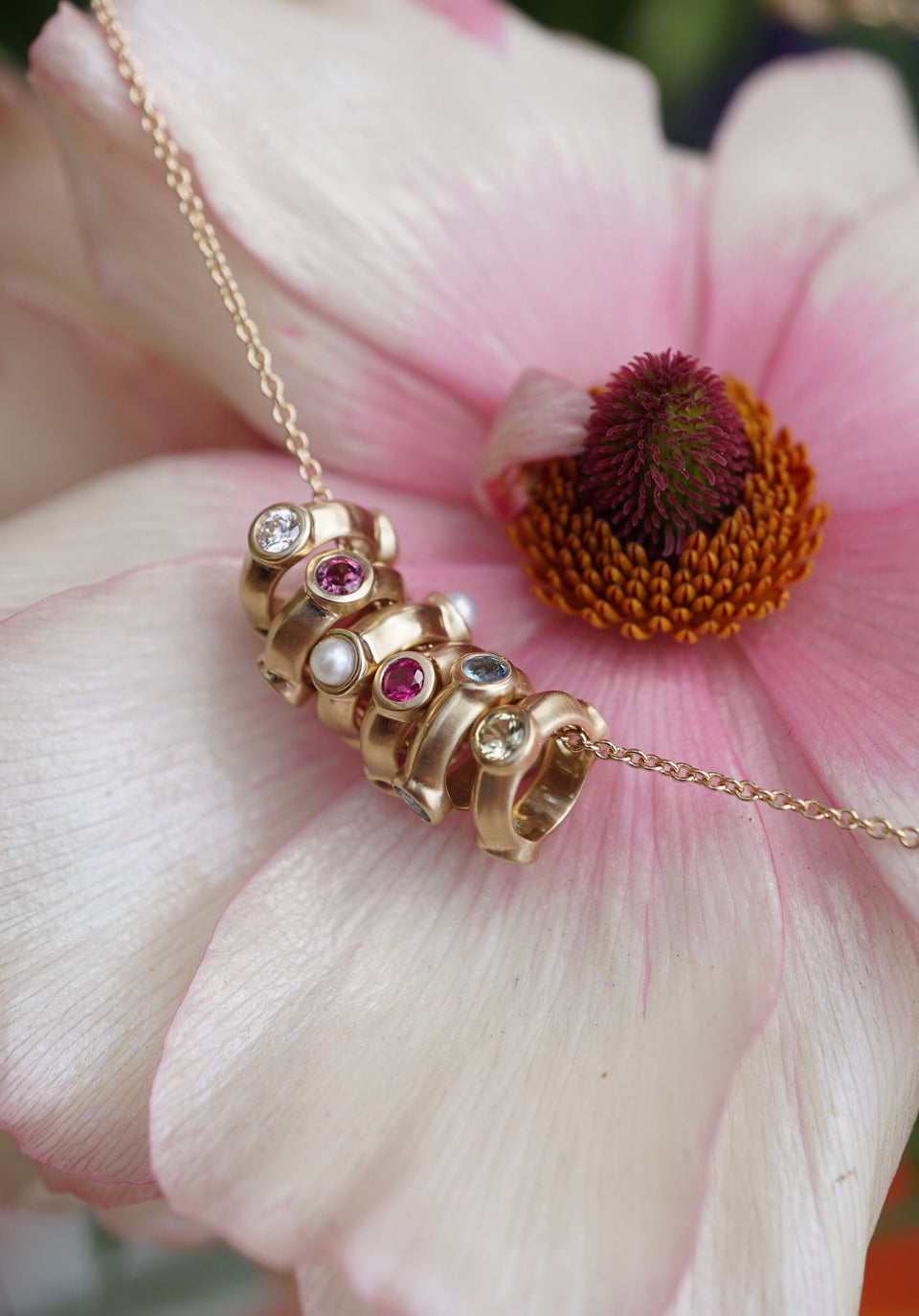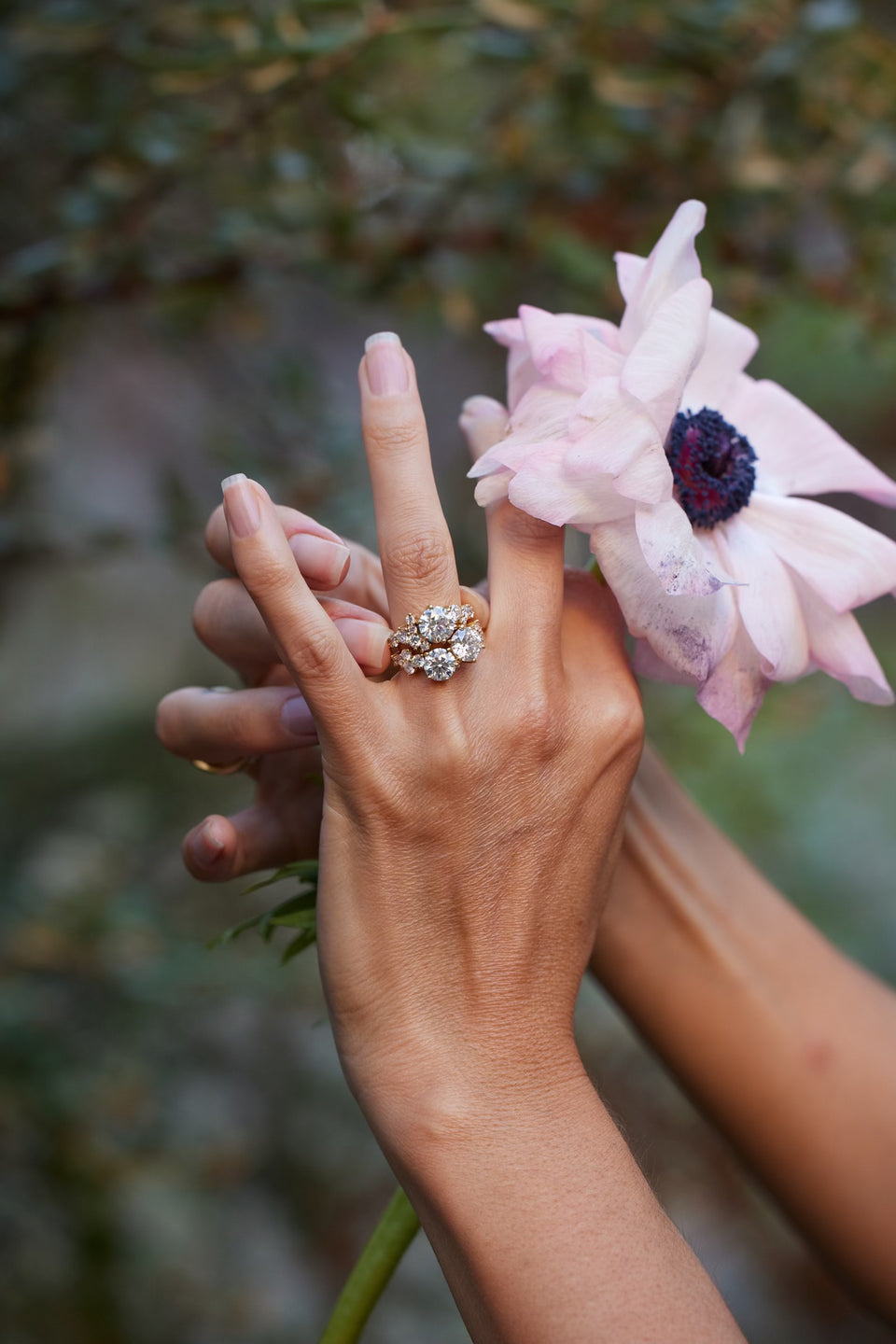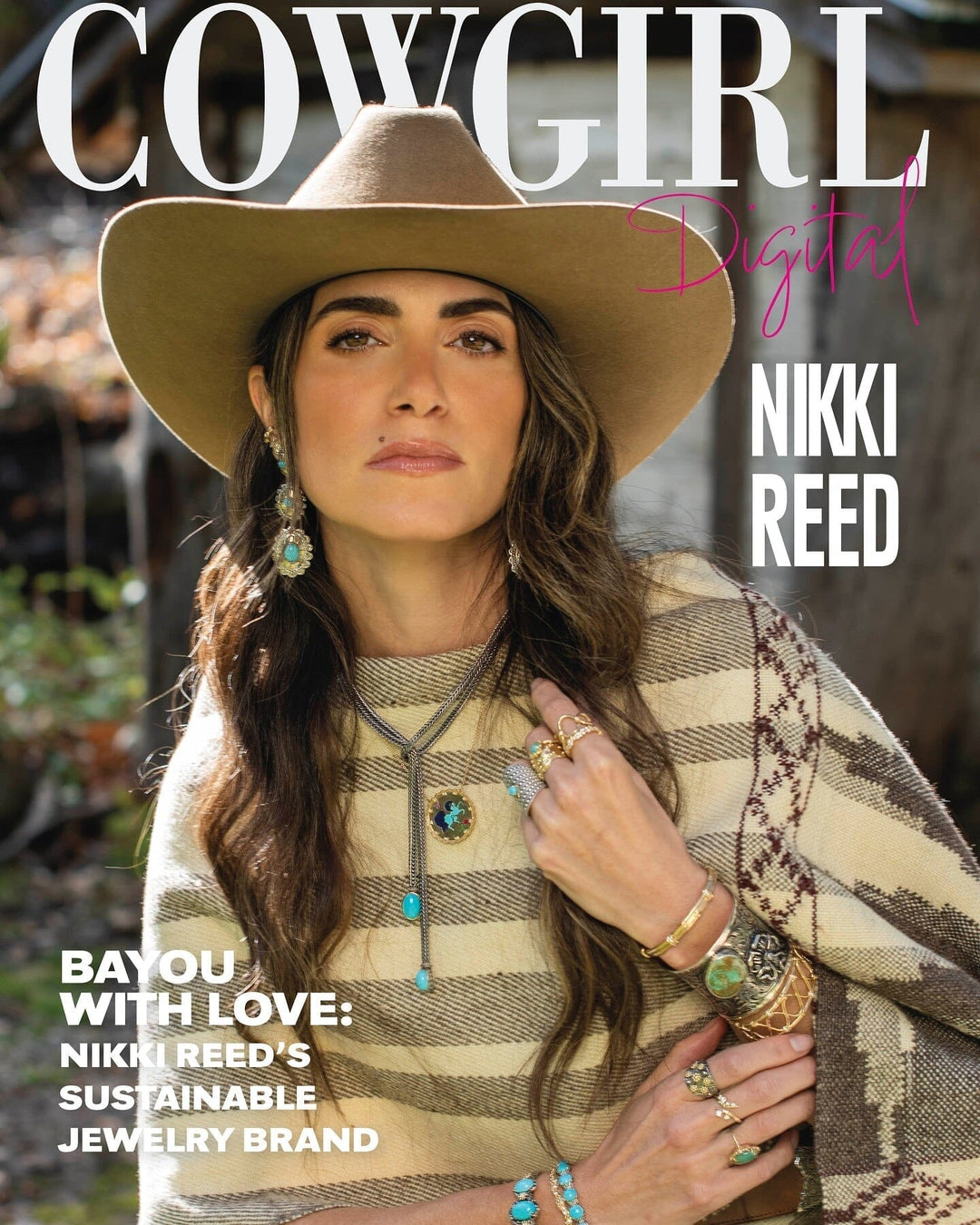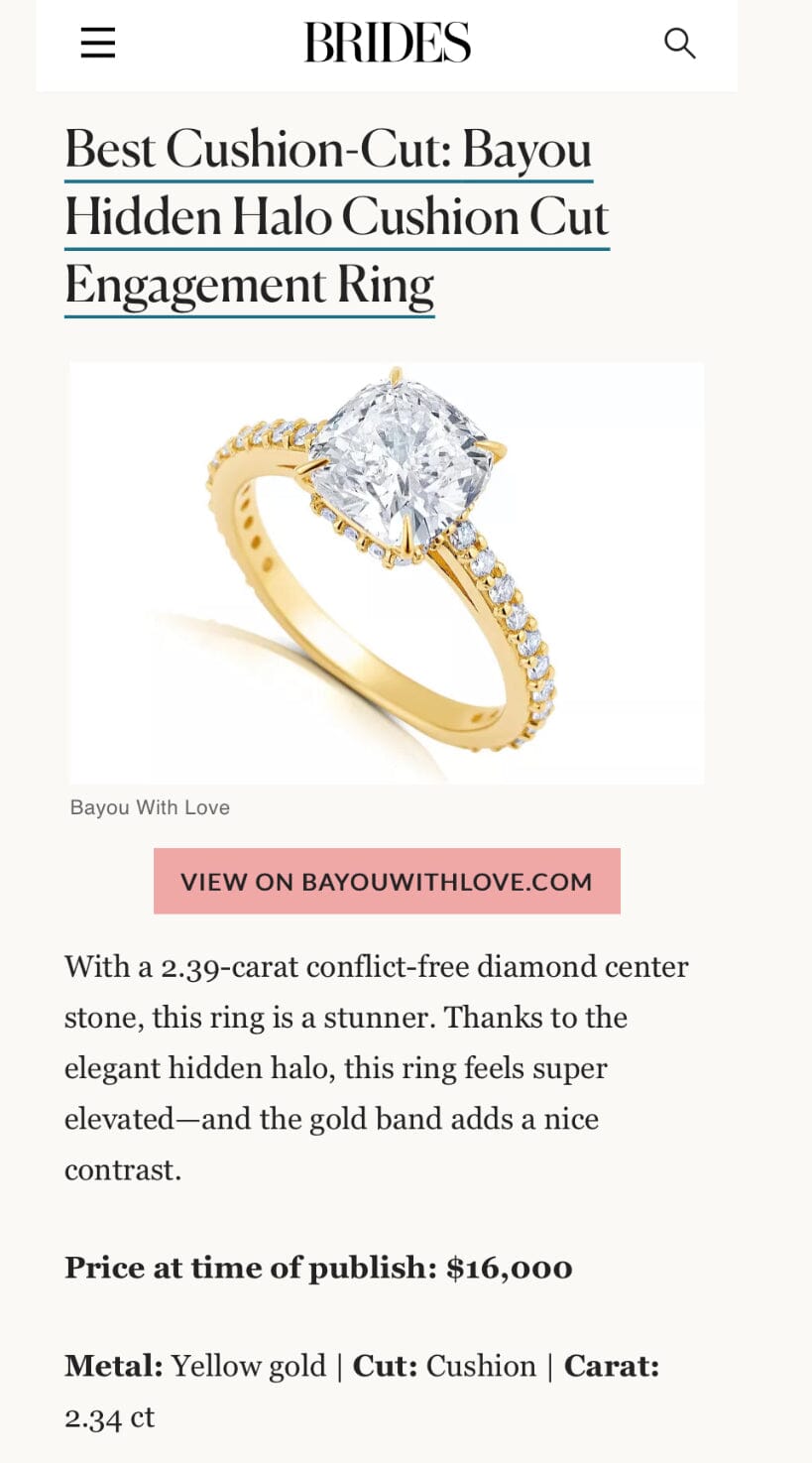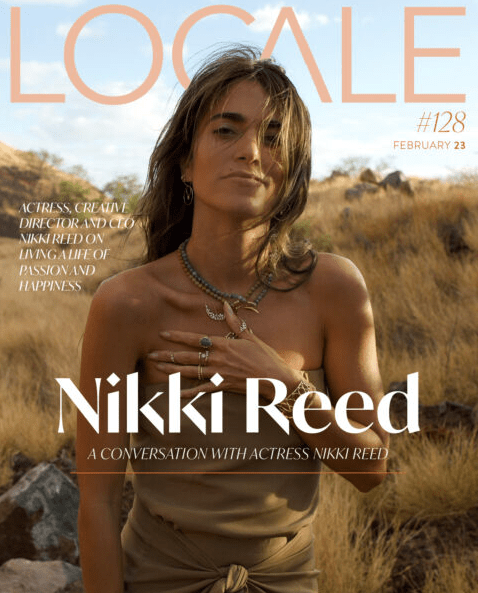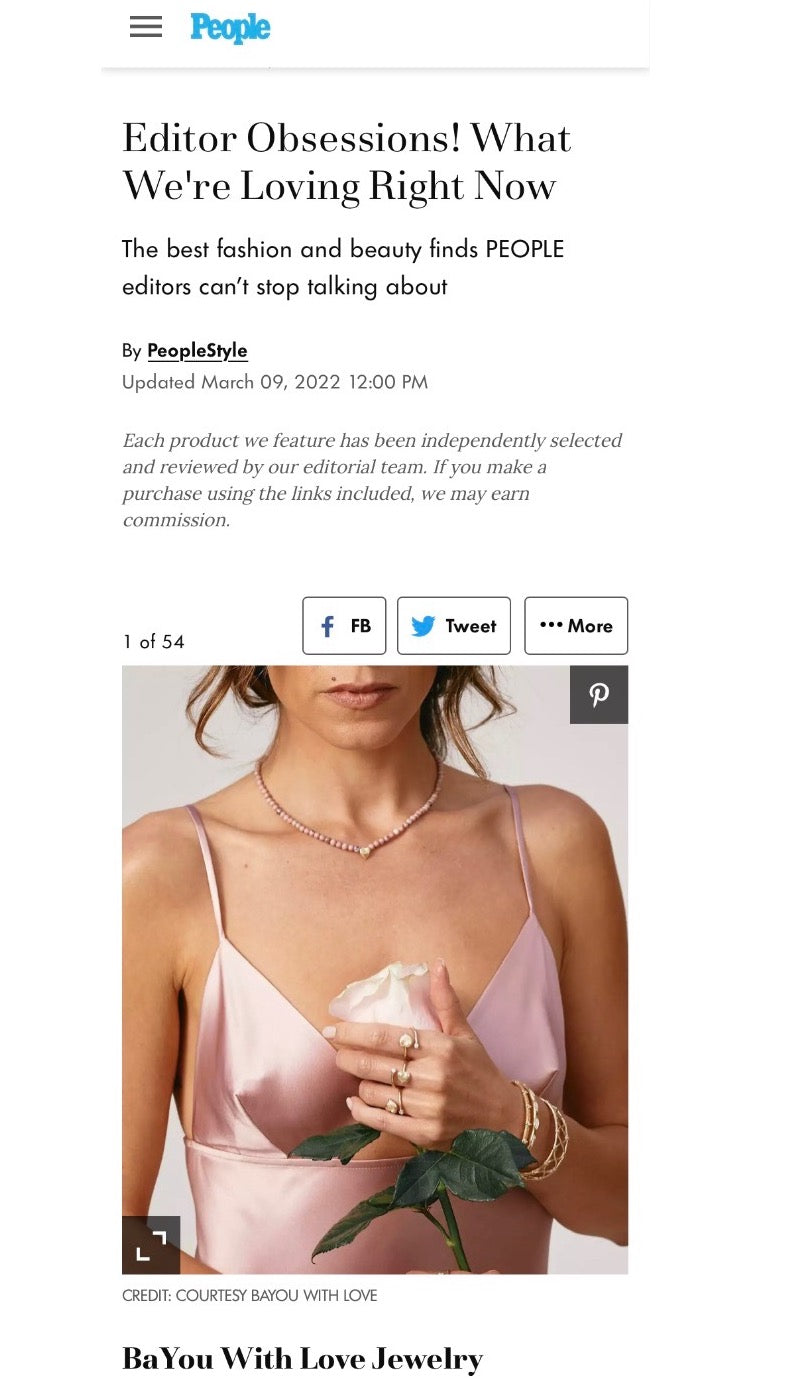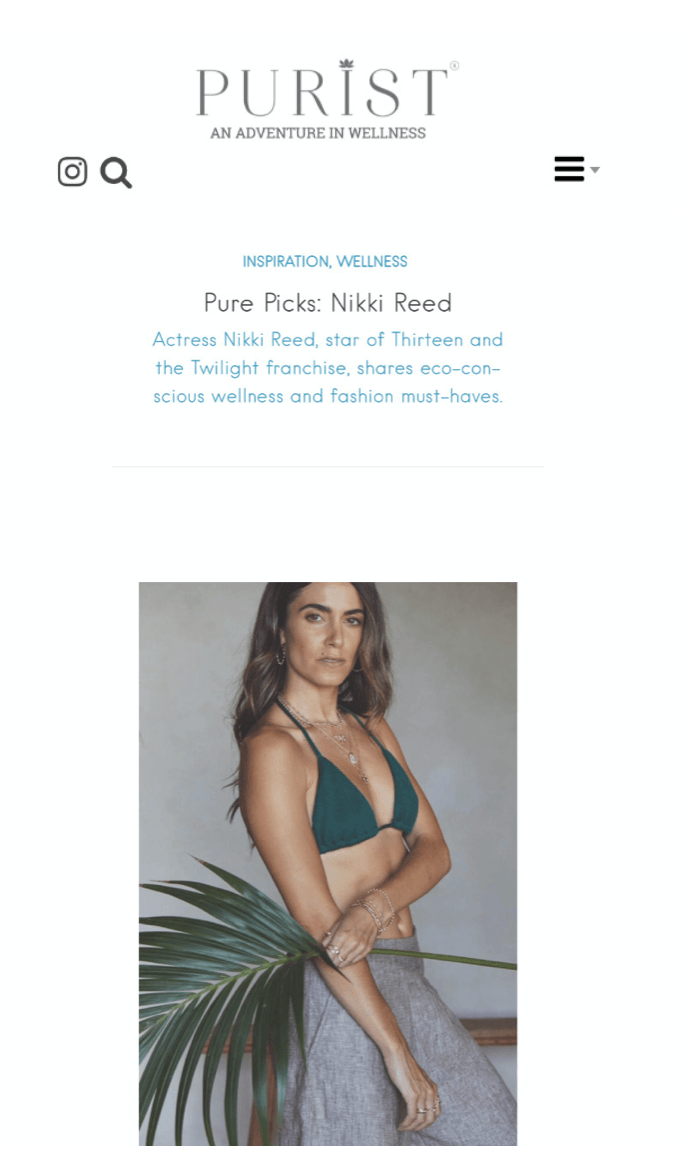Plants Are Magic, An Interview with Rebecca Desnos

Tell us about your relationship with plants and the Earth?
My relationship with nature has really developed over the last 8-9 years since I started dyeing with plants. Before that point I can honestly say that I didn't pay a huge amount of attention to the plants growing around me. I just saw trees as general ‘greenery’ and didn't look at details in the way I do now. The last few years have been a gradual love affair with nature.
I live in a busy town (for now, anyway) and searching for new plants to try in my dye pot has been a wonderful way to explore new places, and get to know the plants that were right on my doorstep all along. Within a two minute walk of my home I have alder trees (the cones make a rich golden caramel coloured dye), stinging nettles (they make a range of grey/green/tan shades depending on the time of year), a sequoia tree with cones that make a peachy tan colour, and countless other trees, herbs and flowers that can give us beautiful colours.
I really enjoy trying to identify plants that are new to me, then learning about them and testing them in my dye pot. Once I’ve learnt about a new plant, it seems to follow me around and I spot it everywhere. It’s amazing how many wonderful plants there are right under our feet, but until we really look, we don’t notice them! This is what I explore in my natural dye book Botanical Colour at your Fingertips. I love encouraging other people to experiment with their local plants too. There is colour everywhere, just waiting to be discovered.
I like looking at the in-between places that are often forgotten, such as collecting fallen camellia flowers in an alleyway and using them for bundle dyeing, plucking gorse flowers from the prickly bushes alongside the road, and the incredible array of "weeds" growing on the road verges that are so easily overlooked. Nature is all around us, no matter where we live.

When did you first discover you could work with nature to create?
I had a bit of a 'wake up' moment about 5 years ago actually. Before that, I'd been dyeing with powdered dye extracts. They were made from plants but I felt slightly disconnected from the process as I wasn't working directly with plants. I felt a desire to hold plants in my hands and make the dyes myself.
After my oldest son was born, we would go on lots of walks together and just look at the trees and other plants around us. I finally had the time to walk slower and take in my surroundings. I was sure that some of these plants must have dye potential, so one day I brought a few handfuls of alder cones home with me in my coat pocket. When I got home, I poured boiling water over the cones and the colour instantly seeped out of the cones. That moment marked the beginning of my adventures in experimenting with local colour.
I also started dyeing with avocados at that stage. We were eating lots of avocados and I was throwing away the skins and pits. I'd heard that avocados could make pink dye and this suddenly made sense to me. I'd always wondered why an avocado pit (stone) turns darker when it's cut... but when I thought about it, it now made sense: it's due to the stone oxidising and it is full of colour! Avocado skins and pits make a range of peaches and pinks, and the colour will shift to purple if you add rust to the dye liquid. We can make really beautiful colours from food waste. Pomegranate skins are quite magical as they make beautiful golden yellows, and of course the humble onion gives a range of colours from its skins. I love creating something beautiful out of something that would otherwise be discarded.

How do you use plants in your everyday life?
I think about this often, actually. Plants are our lifeline. They clean the air for us and we breathe in their oxygen. We eat them in every meal. Plants are everything.
Apart from dyeing with plants, I’m vegan, so I suppose it goes without saying that I love to eat plants! I like to drink different herbal teas through the day – my favourites are probably nettle, oatstraw and moringa. I grow a few pots of herbs on my balcony and try to add a small handful of leaves to each meal, and I love using dried seeds such as nettle, fennel and coriander. The simplest of meals can be transformed by a sprinkle of herbs and seeds, and a good spoonful of tahini or nut butter.
I would love to learn more about using herbs for their therapeutic value. This is actually why I started my independent magazine Plants Are Magic - it's a way to talk to people about the things I’d like to learn about, and of course share this knowledge with others. I enjoy uniting different plant ‘arts’ and specialities and making connections between them. For example, there are parallels between herbalism and natural dyeing – both use heat to extract qualities of plants into liquids, and quite often we use the same plants. My magazine is about the wonderful things that plants give to us, and what we can make with plants. I've interviewed lots of herbalists, makers and artists for the magazine and learnt some fascinating things. That's why I started eating nettle seeds, actually – I learnt about their wonderful nutritional value from Alice Bettany, a herbalist in the U.K.

Why is it important for us to use plant dyes? If you can speak a little bit about the chemicals in regular dyes and how little we know about what goes on our bodies.
The reason I started working with natural dyes in the first place was because I wanted to make healthy dyes that are gentle on our skin and also kind to the world we live in. About 10 years ago, I began to dye some clothes with synthetic dyes and I wondered what the dyes were actually made of. Then I came across a book called Killer Clothes, which reveals the many ways that chemicals are added to clothing (and upholstery fabric, too), how we absorb these chemicals into our bodies, and the implications it can all have on our health. The book was an eye opener and changed the way I look at fabric and dyes forever.
This gradual period of awakening nudged me into the direction of natural dyes. Of course when using plant dyes, we still need to be careful as some dyes irritate our skin – so we should carefully identify plants, wear gloves and ensure we have good air circulation. But in general, colours from plants will be safer to wear against our bodies.

What are ways people can start transitioning from their current household products to more sustainable earth friendly products?
The only cleaning products I really use are white vinegar, baking soda and a few essential oils like lavender, lemon and tea tree. I've always been sensitive to the scents in chemical cleaning products, but it was only about 10 years ago that I realised I could use natural ingredients instead. The tipping point for me was when I cleaned my bath with a chemical cleaner and obviously didn't rinse out the bath well enough... then I ran a bath and absentmindedly got in the water, even though it had slightly bubbled up from the cleaning product. It was so irritating to my skin.
These days, when I clean the bath I simply spray the tub with vinegar, sprinkle on some baking soda, add a few drops of essential oil (any of the three I mentioned earlier), then add a little bit of water and scrub. You can also add a few drops of a liquid Castile soap which can help it lather up nicely. It's such an easy way to clean, and I just store these ingredients in my bathroom cupboard. It’s much cheaper than buying cleaning products from the shops and also it means less packaging, as we can buy those main ingredients in bulk. I never run out of cleaning products as I can just look in the cupboard and make something from what I have on the shelf.
Also, I love using scouring pads made from coconut husk – they last for months, and then can be composted.

Why do you feel it's so important for people to understand the products they use?
The trouble with most household cleaners is that the manufacturer isn't required to list all of the ingredients. Cleaning products aren’t regulated in the same way as food or cosmetics. I think the regulations are slightly different in different countries, but in general when we buy a cleaning product it probably won’t have the full list of ingredients. So we don’t really know what they contain. This is one of the reasons that I buy very few cleaning products. I like to know exactly what I’m using, as we absorb the ingredients through our skin and breathe in the chemicals.
Visit Rebecca Desnos Virtually
www.rebeccadesnos.com
instagram @rebeccadesnos
Buy her magazine (print and digital) and her botanical dying guides:
https://rebeccadesnos.com/shop/
